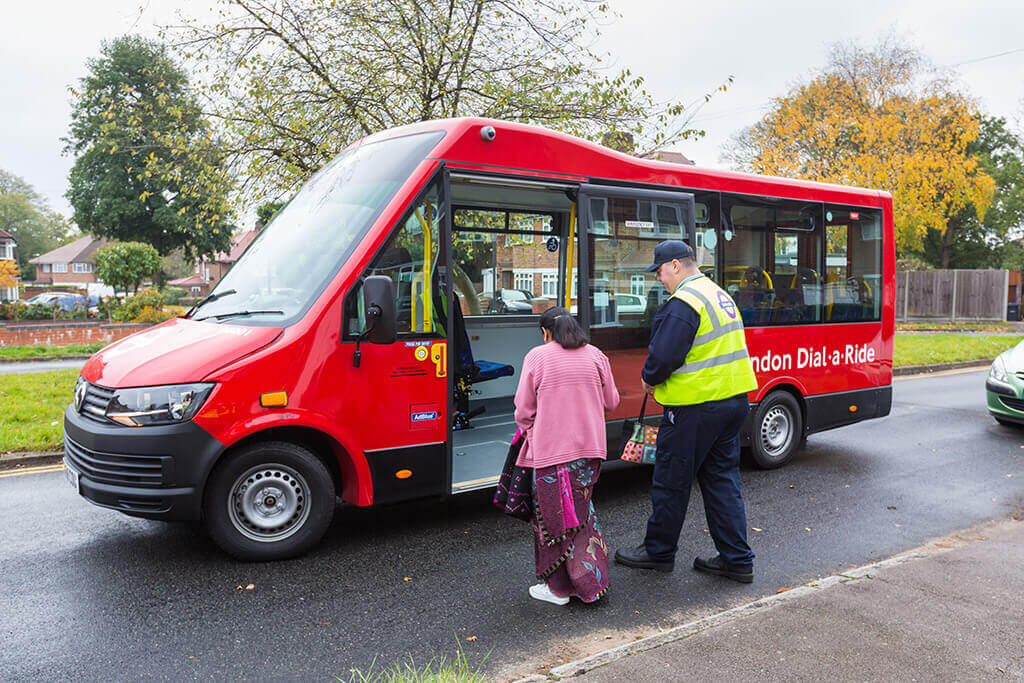Transport for London’s specialist mobility service, London Dial-a-Ride, continues to provide a vital service. James Day finds out about the latest developments from James Mead
The Dial-a-Ride branch of TfL provides door-to-door transport for registered passengers who have mobility needs which prevent them from using TfL’s wider public transport network. CBW last visited London Dial-a-Ride five years ago as part of our Superfeature coverage of TfL – CBW1130. How has the organisation progressed since then? I spoke to James Mead, the current General Manager, to find out.
James has worked for Transport for London (TfL) for 15 years and has been at the helm of London Dial-a-Ride for the last three of those years. He previously worked primarily on cycle hire and congestion charging. At the time he joined Dial-a-Ride, he was appointed General Manager of Fleet Services, though the job title has since changed to General Manager of Dial-a-Ride. Originally from Iowa in the USA, he moved to the UK around 20 years ago.
[…]
By subscribing you will benefit from:
- Operator & Supplier Profiles
- Face-to-Face Interviews
- Lastest News
- Test Drives and Reviews
- Legal Updates
- Route Focus
- Industry Insider Opinions
- Passenger Perspective
- Vehicle Launches
- and much more!


